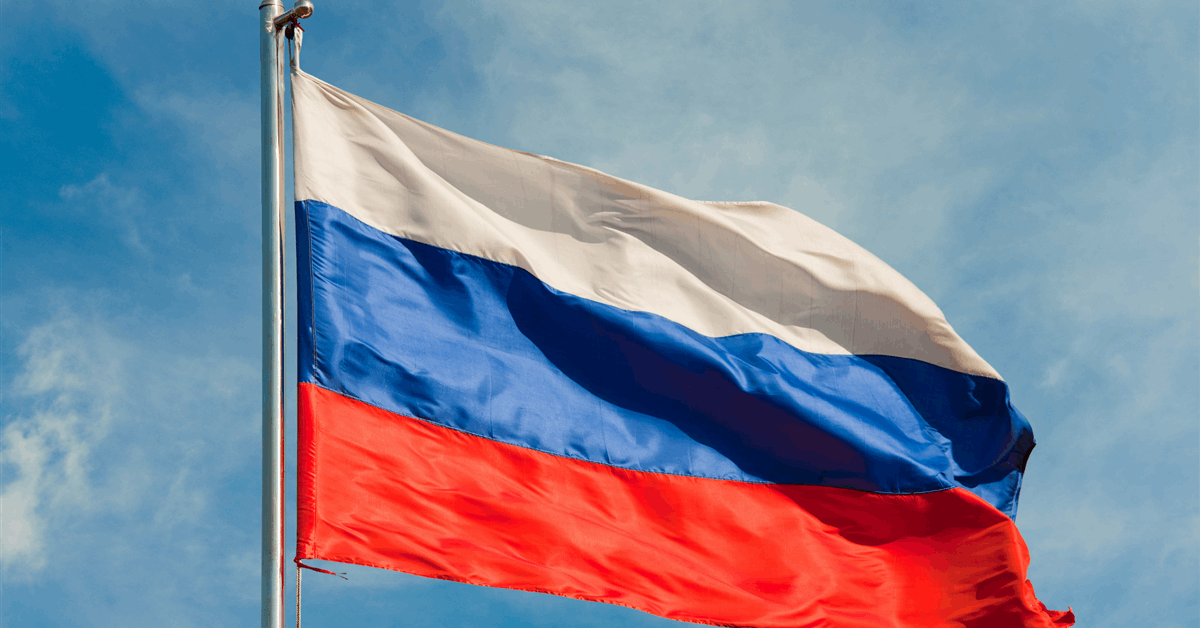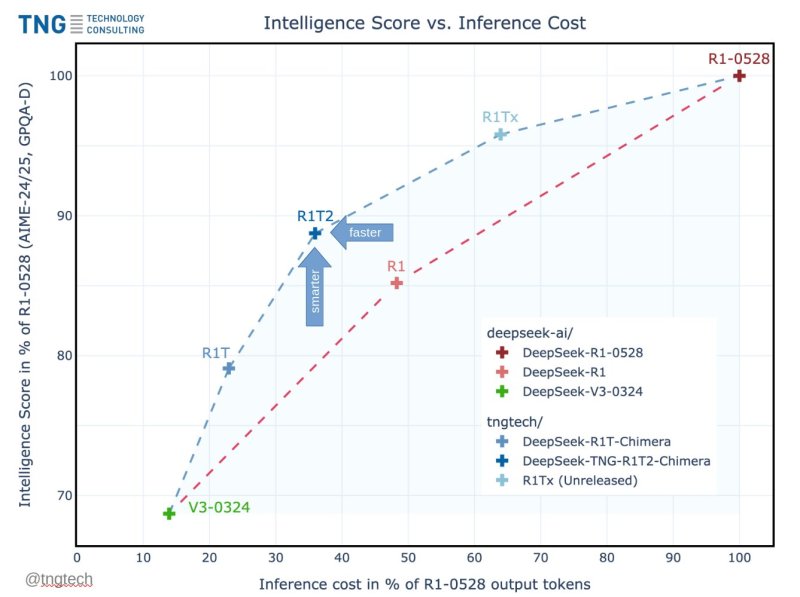
Russia’s oil revenue in June slumped to a two-year low as global crude prices fell and the ruble strengthened, meaning each barrel brought fewer rubles to the Kremlin.
Proceeds from the oil industry shrank by almost 30% to 415.6 billion rubles ($5.27 billion), according to Bloomberg calculations based on Finance Ministry data published Thursday. That’s the lowest since June 2023.
Russia’s combined revenue from oil and gas taxes fell by a third compared with a year earlier, to almost 495 billion rubles, the calculations show. That’s the lowest since January 2023.
A stronger currency means Russia and its oil producers get fewer rubles for every barrel they pump and sell. That erodes the profitability of the companies and strains the federal budget, which depends on oil and gas taxes for about a third of its revenues.
Any substantial decline in the tax take from the industry directly affects the nation’s coffers, which are already burdened by multibillion-dollar spending on the war in Ukraine. A stronger ruble also reduces the incentive to export.
At the end of April, the Finance Ministry revised its expectation for this year’s budget deficit, forecasting a shortfall much deeper than previously estimated as US tariff policies and OPEC+ supply hikes caused oil prices to nosedive. To cover deficits, the nation taps into its wealth fund, designed to stabilize the economy.
The ministry calculated Russia’s June oil revenue based on a Urals price of $52.08 a barrel in May. That’s the lowest price for the nation’s key export grade since March 2023, data compiled by Bloomberg show.
The currency traded at an average 80.4603 rubles per US dollar in May, the strongest in two years, driven by record-high interest rates and expectations of an improvement in relations with Washington. As a result, the country’s oil companies received only 4,190 rubles for each barrel sold, a level not seen since March 2023, Bloomberg calculations show.
The head of the central bank, Elvira Nabiullina, acknowledged earlier this week that rate levels have made life difficult for Russian exporters.
“They are in the crosshairs of high rates, low exchange rate and price declines,” she said at the Bank of Russia’s Financial Congress in St. Petersburg. Despite that pressure, the bank has remained cautious about dropping the key rate significantly for fear it could fuel inflation.
The next Russian key-rate meeting is scheduled for the end of July, meaning a strong ruble will keep pressuring oil revenues for now.
On the flip side, lower global crude and oil-product prices helped the government reduce subsidies for refiners — payments that partially compensate for the difference in fuel prices in Russia and abroad. In June, the budget transferred 34.5 billion rubles for gasoline and diesel supplies to the domestic market. That’s the lowest since October 2023, when the payouts reached zero.
WHAT DO YOU THINK?
Generated by readers, the comments included herein do not reflect the views and opinions of Rigzone. All comments are subject to editorial review. Off-topic, inappropriate or insulting comments will be removed.



















